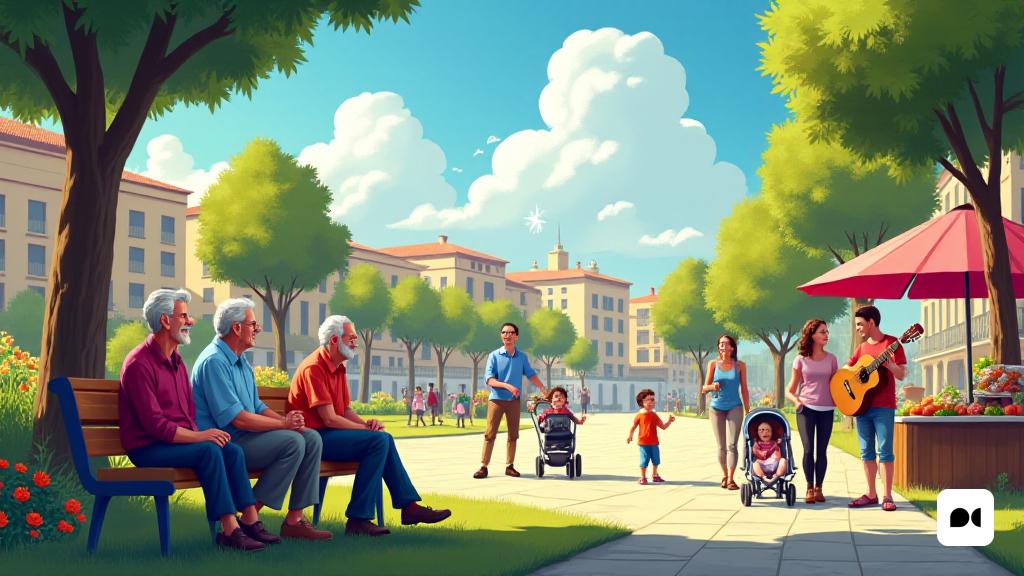The impact of lower birth rate
The phenomenon of low birth rate in Catalonia has triggered a remarkable aging of its population. Since 2010, a constant increase has been observed in the proportion of citizens over 65, while the number of young people decreases alarmingly.
Evolution of aging index
In 2010, the aging index, which measures the number of older people per 100 children under 15 years old, was 112. This data was promoted to 143 in 2020, reflecting that there are currently approximately 1.4 people over 65 years old for each child under 15 in Catalonia.
A significant change in demographics
Today, almost 19% of the Catalan population is over 65, a considerable increase compared to 16% registered a decade ago. High expectations of life, which are around 83.6 years, along with low birth rates, have contributed to this demographic transformation.
Increasing the age of 85
Another worrying aspect is very large population growth. The overhaul, which indicates the percentage of people over 85 in the group of over 65, has increased from 11% to 16% in a decade. This implies that currently one in six large adults in Catalonia is over 85 years old.
Implications for health and care
This trend not only reflects the success of medical advances, but also generates increasing demand for long -term health and health services, as a society with a growing number of octogenarios and nonagenarians requires significant healthcare support.
Middle Ages and Productivity
The average age in Catalonia has evolved from 36.3 years in the mid -80’s to 43.3 years. This change has a negative impact on productivity, as trends show that productivity increases to 40-50 years and then begins to decrease.
Productivity and working age
Global Studies indicate that the most productive workers are those between the ages of 40 and 49. In Spain, a study showed that older workers with higher education are more efficient than young people with less training. However, an increase in the proportion of workers over 55 can lead to a decrease in productivity.
The role of immigration
Immigration in Catalonia, characterized by being massive and with limited human capital, has failed to improve general productivity. In fact, they are often integrated into sectors with low productivity, which contributes to a structural decrease in productivity and, thus, to a per capita income stagnation.
Future challenges
The demographic situation of Catalonia presents severe economic and social challenges. The aging population involves a deficit in work force and pressure on the pension system. In addition, the younger generation is not enough to replace retirees, with a natural balance that is expected to continue to be negative.
An uncertain future
Demographic projections indicate that the population of Catalonia will continue to age in the coming decades, unless there is a significant change in birth rates or a considerable increase in immigration that can rejuvenate the population pyramid.

